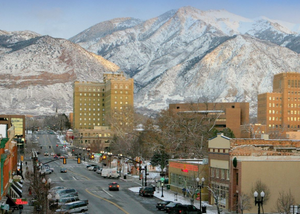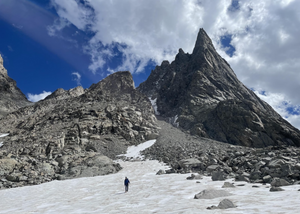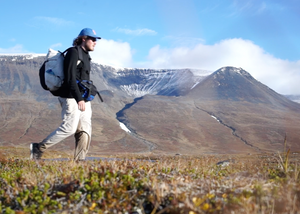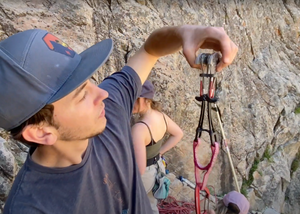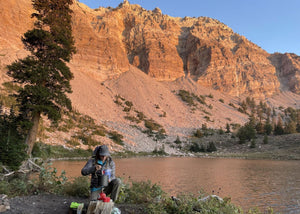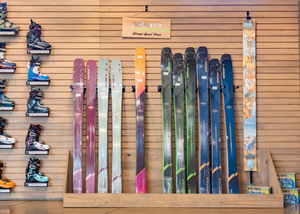Simba Tested - Therm-a-rest Neo-Air X Lite


Simba Tested - Our gear guru & resident thru-hiker, Bryden Bowley (Trail Name = Simba), spent the summer of 2019 thru-hiking the Continental Divide Trail over 2,000 miles across Montana, Wyoming, Colorado, and New Mexico. While hiking, he chose 22 products to use, abuse, and give his unbiased review. Bryden's hiking resumé includes over 5,400 miles of trails since 2017 - for comparison that's about the same distance from LA to NYC and back again.
- 21 day hike across the Swedish Kungsleden trail - 270 miles
- The Anna Purna Circuit in Nepal, topping out at 17,800 feet above sea level - 175 miles
- 2017 thru-hike of the Pacific Crest Trail where he earned his trail name "Simba" - 2,650
- 2019 Continental Divide Trail - 2,300 miles
Each week we'll release a new review that Bryden shot while on trail last summer - plus a follow up with his honest feedback about each product. We're proud to share Bryden's unbiased opinion about these products, and you can ask him questions directly through our Instagram Page. This is Simba Tested.
Therm-a-rest Neo-Air X Lite Sleeping Bag
An Honest review from a Thru-Hiker
What made you choose this for thru-hiking?


More from Simba Tested:
- Cody Lee









